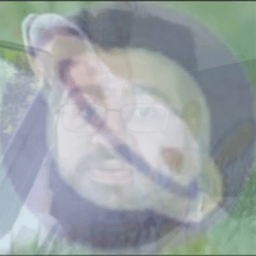- 7 Posts
- 8 Comments

 63·1 year ago
63·1 year agoThis is actually an amazing idea
 2·1 year ago
2·1 year agoWish I could help, but my knowledge is negligible in this regard. However, I believe your question came up before on image.sc. Some people seem to be using NetBeans for debugging?
For example here and maybe here.
Perhaps @MurphysLab@lemmy.ca can help? If not, you could try posting on image.sc?
 0·1 year ago
0·1 year agoI absolutely agree with you about HR writing the postings and the transient obsession with buzzwords. However, I think there’s some hard truth to AI displacing classical image analysis approaches or limiting it to pre and post processing. There are many serious issues with AI (deep learning specifically) as an approach for sure, such as black box modeling which gets in the way of rational scientific inquiry, the need for very large data sets for proper convergence, and maybe even hallucination in advanced models. But these issues are a) possibly resolved within a few years with approaches like explainable AI and statistical sampling for the data size perhaps, and b) don’t negate the advantages of simpler AI approaches.
For example, I think supervised machine learning is incredibly useful for allowing complex tasks like segmenting weird objects (like glial cells) and there are even some well established deep learning models for segmenting such things too. So it can be very useful to employ such strategies for certain steps in a pipeline, but making the entire pipeline one giant model is very difficult and unreliable.
Digital pathology is becoming a proper field very quickly, I just hope I can find a footing somewhere in it, because I found myself becoming extremely passionate about image analysis and my career future is looking a bit shakey.
 0·1 year ago
0·1 year agoIt’s becoming increasingly clear that image analysis is really heading for being a domain of artificial intelligence. It’s a bit scary, because as a physiologist with no background in computer science, I find it very difficult to find positions in bio image analysis since most seem to ask for anything from advanced experience in supervised machine learning to full blown deep learning model development and spatial statistics. But it’s a good thing for science, just not for amateurs who would like to build a career in the field like me…

 17·1 year ago
17·1 year agoThat last neighbor bit.
Editor: remember, you need to have a statement about negatives or limitations, can’t have only positives.
Writer: uhh you got it, boss, I’m sure I can think of something.



What field are you in? In the life sciences, there’s normally a fee to publish closed-access and a higher one for open-access. My last paper was open access and costed about 3500, compared to 1500 pay walled.